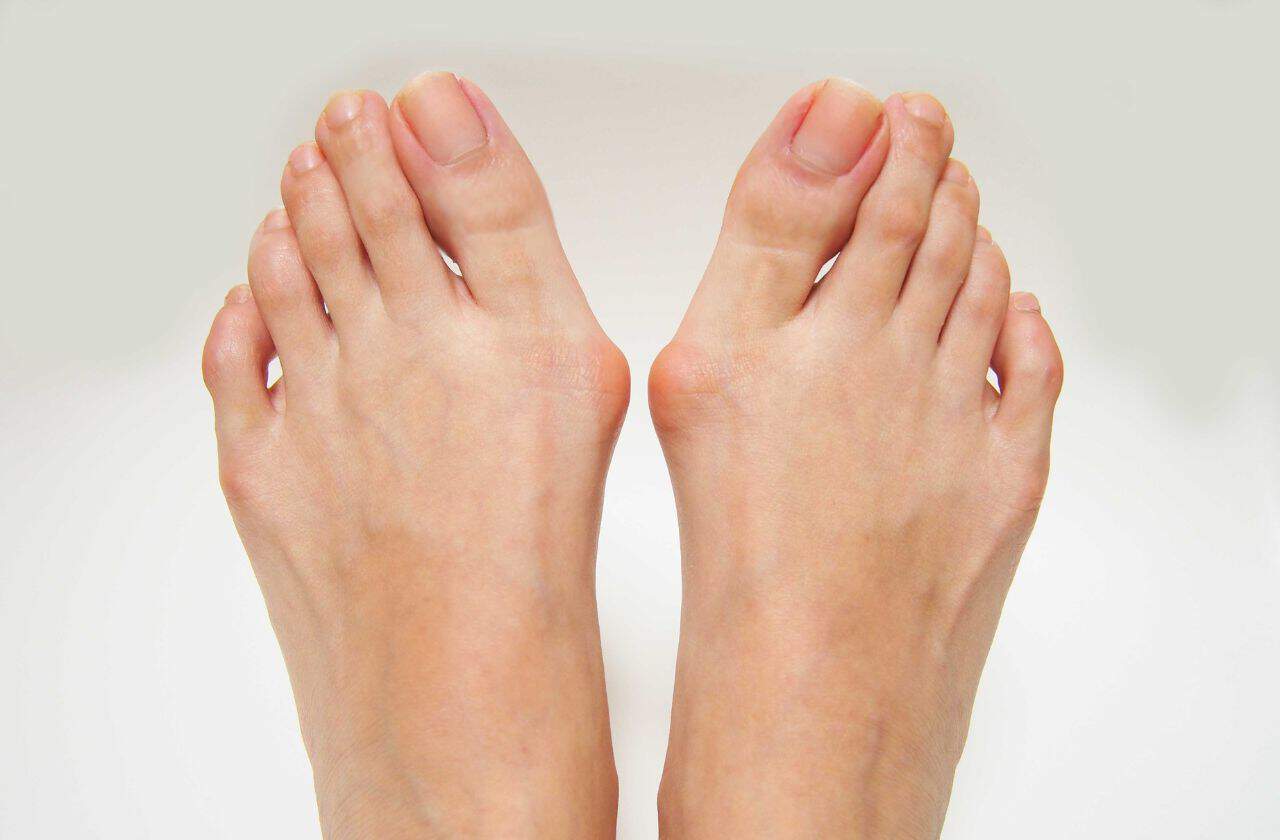Bunions, no-one wants them but plenty of us have got them! What can you do to stop these unsightly and sometimes painful bumps on the side of your big toe? Well this blog runs through all the strategies you can employ to try and reduce the size or prevent bunions from occurring on your feet. If bunions run in your family or you are wondering what they are and why they happen, read on to learn how to naturally shrink bunions.
But what are Bunions?
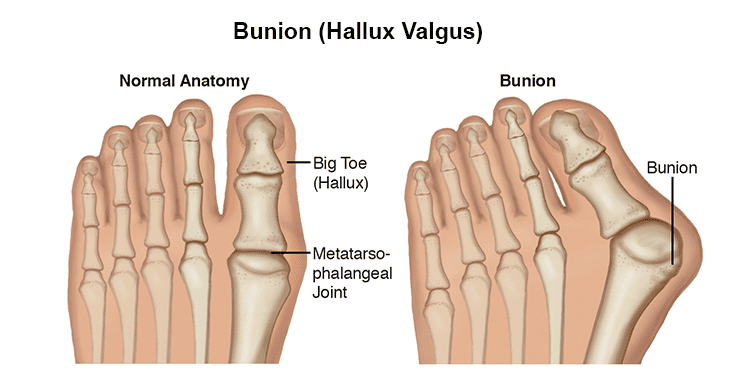
Bunions are a hard bony bump or ‘growth’ at the side of your big toe joint. Medically known as ‘hallux abducto valgus’ which actually refers to the angle of your big toe (hallux) joint. Contrary to popular belief, they are not actually a growth of bone, but the bony lump you feel is actually the big toe joint itself protruding out of its normal position. This happens when the big toe is pointing towards the second toe and begins gradually before getting worse and worse to the point where the big toe joint is completely misaligned and no longer functions. The good news is that if caught early enough there are natural ways to shrink or prevent bunions while your big toe joint is still flexible.
What are the causes of bunions?
Bunions are often the result of a combination of factors, including genetics, foot structure, and lifestyle. If bunions run in your family, you may be more prone to developing them. However, certain habits and conditions can also contribute to the formation of bunions:
- Genetics: Inherited foot structures, such as flat feet or overly flexible ligaments, can make you more susceptible.
- Footwear: Shoes with a narrow toe box, high heels, or pointed toes can put excessive pressure on the toes, forcing them out of alignment.
- Overpronation: This occurs when your foot rolls inward too much when you walk, putting stress on the big toe joint.
- Arthritis: Inflammatory conditions such as rheumatoid arthritis can weaken the joint, making it more vulnerable to misalignment.
- Injury: Trauma to the foot can disrupt the alignment of the toes, contributing to bunion formation.
- Occupation or Activity: Jobs or hobbies that involve standing for long periods or putting strain on the feet can increase the risk of bunions.
Natural Bunion Treatments
While surgery is an option for severe cases, many people seek natural treatments to alleviate symptoms and potentially slow down the progression of bunions. These methods aim to improve foot alignment, reduce pain, and prevent further damage.
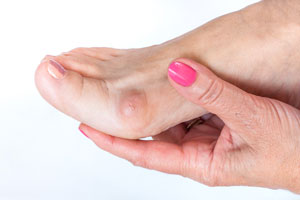
Foot Mobilisation Therapy
Foot mobilisation therapy (FMT) is a hands-on technique designed to restore natural movement to the bones and joints in the foot. By gently manipulating the bones in your foot, this therapy aims to improve alignment and relieve pressure on the big toe joint. Regular FMT sessions can help reduce discomfort and may even slow down the progression of bunions. A trained podiatrist administers FMT, but certain exercises can be done at home to support the process.

Night Splints to shrink bunions naturally overnight
Night splints are devices worn while you sleep that gently hold the big toe in a more natural position. Over time, these splints may help correct the alignment of the toe and relieve pressure on the joint. Although night splints won’t eliminate a bunion, they can provide relief from pain and slow down the worsening of the condition. They are most effective when used in combination with other treatments like stretching and strengthening exercises.
Muscle Strengthening
Strengthening the muscles that support your feet and toes can improve alignment and reduce bunion discomfort. Key exercises target the muscles in the arch of the foot and toes. For instance:
- Toe stretches: Gently pull your big toe into a straight position and hold for several seconds.Try and replicate this movement using just the muscles of your toe and repeat until fatigue.
- Towel curls: Place a towel on the floor, grip it with your toes, and pull it toward you.
- Resistance band exercises: Use a resistance band to strengthen the muscles around the big toe by pressing the toe against the band and holding the tension. Regularly doing these exercises can help maintain joint flexibility and potentially slow the progression of bunions.
Custom Orthotics for bunions
Orthotics are custom-made shoe inserts designed to improve foot function and alleviate bunion pain. These inserts work by redistributing pressure away from the affected area, improving the overall alignment of your feet. Orthotics can also reduce strain on the joints and ligaments, preventing further misalignment of the toes. Our podiatrists can assess your feet and provide you with orthotics that are tailored to your specific needs.
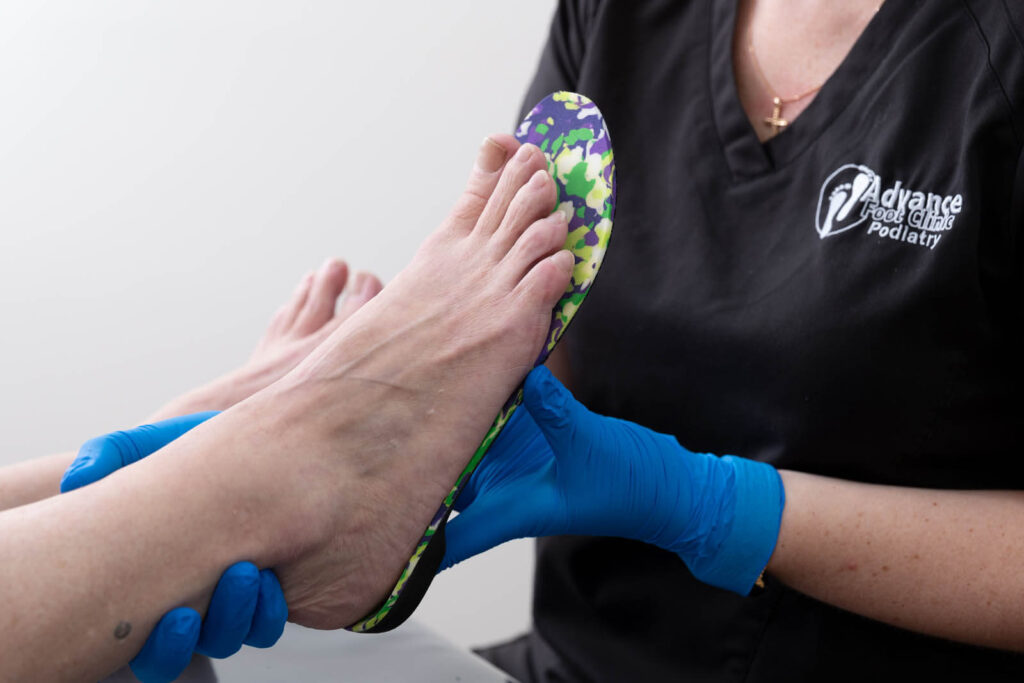
Footwear Choices
Your choice of footwear plays a significant role in managing and preventing bunions. Wearing shoes that accommodate the natural shape of your feet can greatly reduce discomfort and stop bunions from worsening. Here are some tips for choosing bunion-friendly shoes:
- Wide toe box: Look for shoes that give your toes plenty of room to move without squishing them together. A tip – take out the liner from the shoe and stand on it. If your foot goes off the edge of the liner, the shoes are too narrow!
- Low heels: High heels can force your toes into an unnatural position, putting more pressure on the bunion.
- Supportive shoes: Proper arch support can prevent your feet from rolling inward, which is a common cause of bunions.
- Stretchable material: Shoes made from soft, flexible materials are less likely to rub against the bunion, reducing pain and irritation.
By making thoughtful changes to your footwear, you can reduce the pressure on your bunions and help prevent further progression.
Natural bunion treatments at Advance Foot Clinic
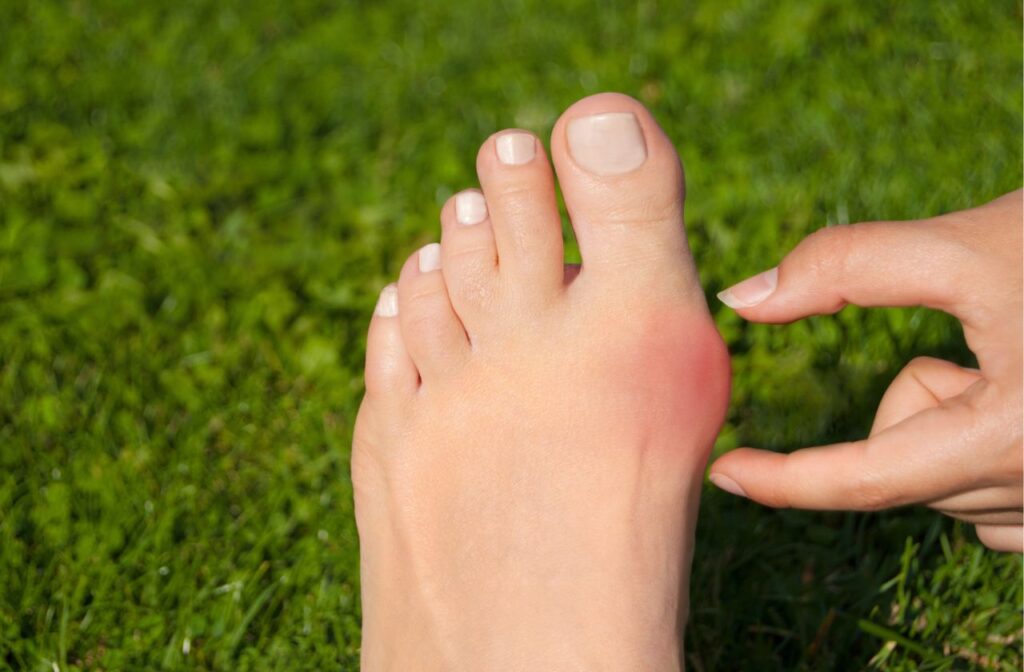
While bunions can be frustrating, there are several natural methods that can help reduce pain, improve foot alignment, and slow down their progression. From foot mobilisation therapy to making better footwear choices, these non-surgical treatments provide effective ways naturally shrink bunions and avoid further complications. It’s important to remember that, while these methods may not eliminate bunions completely, they can offer significant relief and help you maintain a better quality of life. Always consult with our podiatrists to determine the best treatment options for your specific situation.


